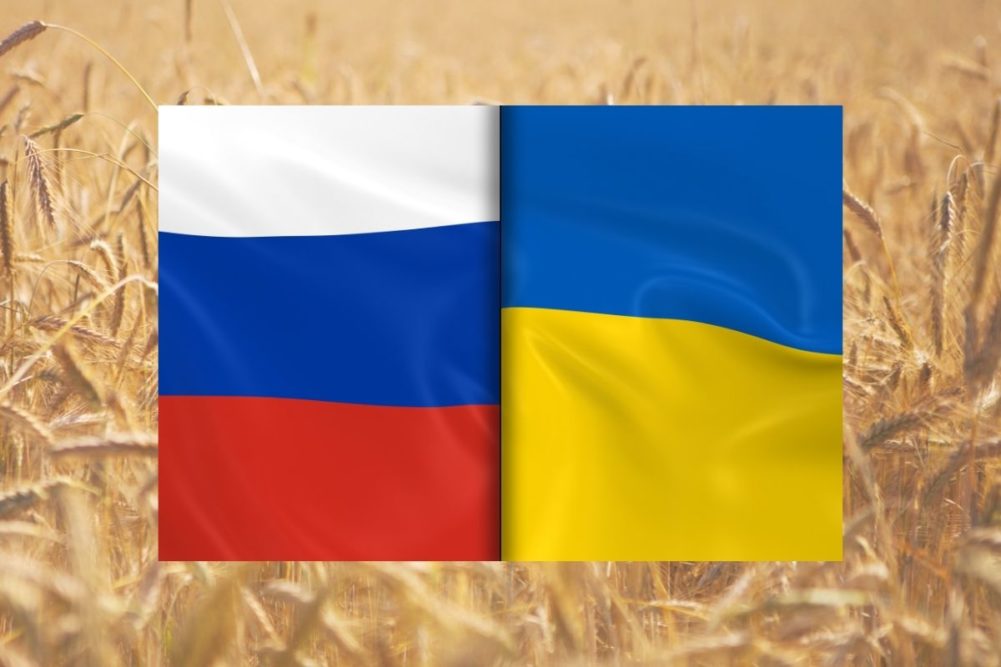KANSAS CITY, MISSOURI, US - Russia’s invasion and ongoing war in Ukraine produced an immediate and likely long-term impact across all sectors of global agriculture, analysts from AgriBriefing, an international agricultural data and price assessment group, said on a recent webinar in which they shared perspectives on how the crisis in the Black Sea region has affected every layer of agriculture, from input costs to the prices paid by consumers.
The biggest impact, the analysts agreed, was on global grain and oilseeds markets. Together, Ukraine and Russia supply nearly 20% of the global corn exports and approximately 30% of global wheat exports. Ukraine alone was the world’s largest supplier of sunflower seed oil. But after the Feb. 24 invasion, Ukraine’s ports closed, and Russia limited its exports due to imposed sanctions and restricted access. Ukraine is expected to lose 12 million tonnes of exports, including 5 million tonnes of wheat, between now and September, said Hémeline Marcet, a market analyst at AgriBriefing.
Some countries, like Egypt, which imports most of its wheat from Russia, have stopped buying wheat on the world market entirely, indicating that current prices are proving unaffordable, Marcet said. Other countries have opted for either cutbacks in grain supplies, which could lead to reduced food product outputs on the market or have resorted to leaning on alternative ingredients.
Neither Russia nor Ukraine are major exporters of soybeans, but their reduction in Black Sea grain exports has put additional pressure on the soybean market, which was already tight due to drought-affected crop reductions in South America, a major soybean and soybean product exporter. It’s a similar situation for the sunflower seed oil market. Marcet noted consumers of Ukrainian imported sunflower seed products have had to turn to extremely tight supplies of rapeseed (canola) oil as an alternative.
Marcet said the pressure is on for other grain-exporting countries, mainly Australia, India, and regions like North America and the European Union. Even if the war ended today, Ukraine’s supplies still would be limited, and the world may hesitate to reignite trade deals with Russia. Marcet said that while farm production and factory work was still underway in Ukraine, the country's situation was changing daily, and providing an outlook for future crop projections was nearly impossible.
“Even if Ukraine and Russia go back to normal production, other exporters of grains on the world market will still have to export a lot to replace grain from the Black Sea since stocks should remain low for those exporting counties through September 2023, and prices should stay higher for a very long time,” Marcet said.
This major loss of grain access naturally leads to higher input prices for global livestock producers, who rely on imported supplies and were already managing rising feed costs in recent years due to COVID-related supply chain disruptions.
Tight supplies, limited alternatives, and surging input costs translate to higher prices for consumers. But some products may be able to handle the price hikes.
Angel Rubio, a senior analyst at Agribriefing, said chicken, which relies heavily on corn for feed, is a more affordable protein and may have room to absorb some price inflation. But premium proteins, like beef and some pork products, have virtually zero wiggle room, he said. Rubio expects consumers to switch to more affordable proteins, like eggs, if inflation keeps rising and wages don’t keep up with costs.




